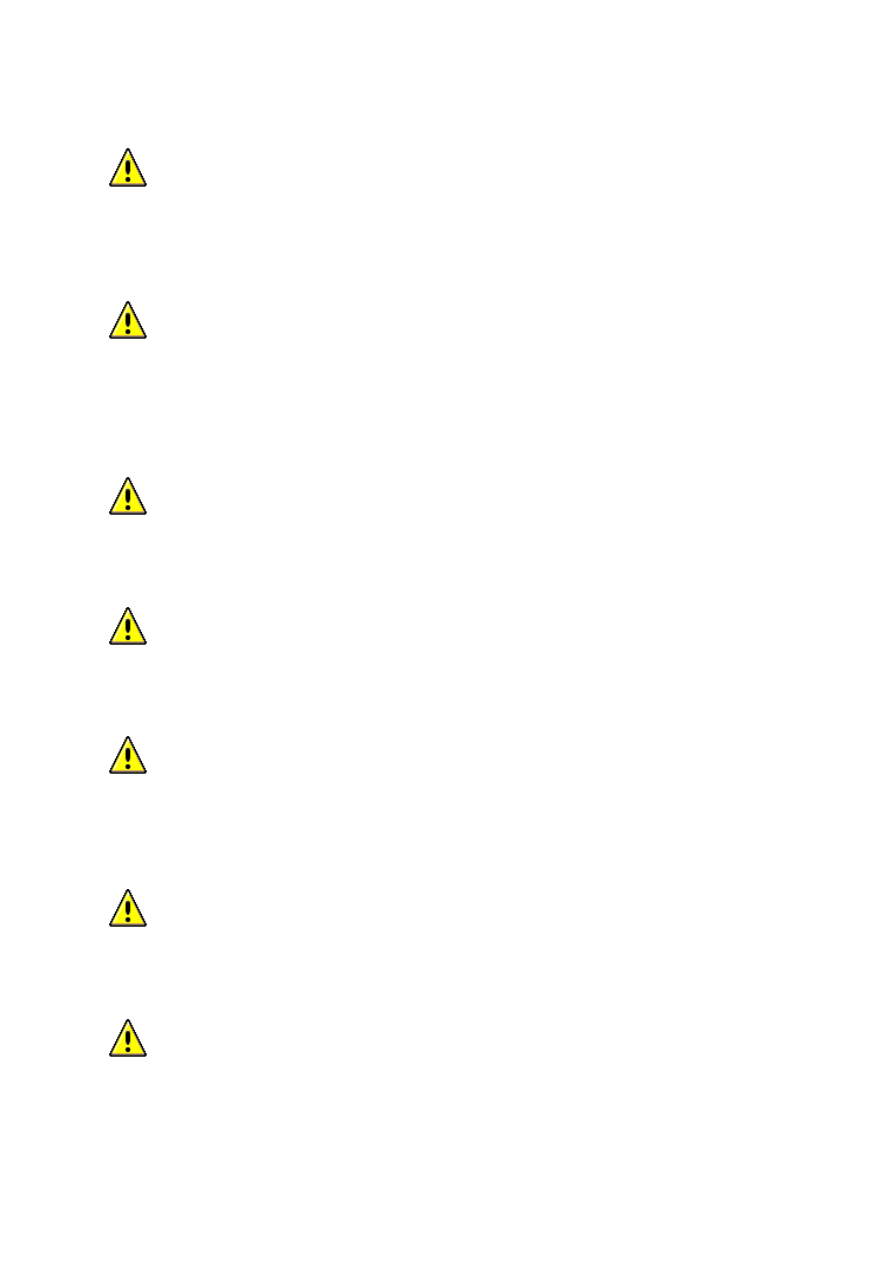Jaguar XJ (X350). Manual — part 673

Fuel Charging and Controls
Principle of operation
Common rail diesel
The 2.7L fuel injection system is a common-rail design, running at the high-pressures (up to 1,650 bar
or 23,930 lb/in²) typical of such systems.
The fuel is drawn from the fuel tank by an electric fuel pump module and delivered to the transfer
pump side of a fuel injection pump driven by the engine. For additional information on the fuel
injection pump,
Fuel Charging and Controls
The fuel volume control valve (FVCV) regulates the amount of fuel supplied to the high-pressure side
of the fuel injection pump, while the fuel pressure control valve (FPCV) regulates the pressure.
The high-pressure fuel is delivered to the fuel rail where it is stored, ready for use by the fuel
injectors.
The fuel injectors are Piezo type, and are controlled by the engine control module (ECM) from inputs
from the engine management sensors.
The fuel injectors operate in stages, giving a pilot injection before the main injection to reduce
detonation noise and help improve the efficiency of the engine.
For additional information,
Fuel Charging and Controls
Overview
There are changes to the engine management system (EMS) for 2006 my, the most obvious of which
will be the change to 7-digit diagnostic trouble codes (DTCs) from the familiar 5-digit.
Refer to the DTC index in this section for guidance on how to use these codes with the Jaguar
approved diagnostic system or a scan tool.
Inspection and Verification
WARNING: Do NOT carry out any work on the fuel system with the engine running. The fuel
pressure within the system can be as high as 1650 bar (23,930 lb/in²). Failure to follow this
instruction may result in personal injury.
WARNING: Eye protection must be worn at all times when working on or near any fuel

related components. Failure to follow this instruction may result in personal injury.
WARNING: This procedure involves fuel handling. Be prepared for fuel spillage at all times
and always observe fuel handling precautions. Failure to follow this instruction may result in
personal injury.
WARNING: After carrying out repairs, the fuel system must be checked visually for leaks.
This should be done after the engine has been run, but with the engine switched OFF. Failure to
follow this instruction may result in personal injury.
WARNING: If taken internally, DO NOT induce vomiting. Seek immediate medical attention.
Failure to follow this instruction may result in personal injury.
WARNING: If fuel contacts the eyes, flush the eyes with cold water or eyewash solution and
seek medical attention. Failure to follow this instruction may result in personal injury.
WARNING: Wash hands thoroughly after handling, as prolonged contact may cause
irritation. Should irritation develop, seek medical attention. Failure to follow this instruction may
result in personal injury.
CAUTION: Before disconnecting any part of the system, it is imperative that all dust, dirt
and debris is removed from around components to prevent ingress of foreign matter into the fuel
system. Failure to follow this instruction may result in damage to the vehicle.
CAUTION: The fuel pipes between the injectors and the rail must be discarded after each
use, and new pipes installed. Failure to follow this instruction may result in damage to the vehicle.
www.

CAUTION: It is essential that absolute cleanliness is observed when working with these
components. Always install blanking plugs to any open orifices or lines. Failure to follow this
instruction may result in damage to the vehicle.
CAUTION: Make sure that the workshop area in which the vehicle is being worked on is as
clean and dust-free as possible. Areas in which work on clutches, brakes or where welding or
machining are carried out are not suitable in view of the risk of contamination to the fuel system.
Failure to follow this instruction may result in damage to the vehicle.
CAUTION: Make sure that any protective clothing worn is clean and made from lint-free
non-flocking material. Failure to follow this instruction may result in damage to the vehicle.
CAUTION: Make sure that any protective gloves worn are new and are of the non-powdered
latex type. Failure to follow this instruction may result in damage to the vehicle.
CAUTION: Make sure that clean, non-plated tools are used. Clean tools using a new brush
that will not lose it's bristles and fresh cleaning fluid prior to starting work on the vehicle. Failure
to follow this instruction may result in damage to the vehicle.
CAUTION: Use a steel-topped work bench and cover it with clean, lint-free, non-flocking
material. Failure to follow this instruction may result in damage to the vehicle.
CAUTION: When probing connectors to take measurements in the course of the pinpoint
tests, use the adaptor kit, part number 3548-1358-00. Failure to follow this instruction may result
in damage to the vehicle.

NOTE:
This section contains references to Parameter Identifiers (PIDs). Where the Jaguar approved
diagnostic system is not available, a scantool may be used to access these PIDs, all of which give
information, and some of which can be used to both read information and to activate
components. The format of the information may vary, depending on the tool used.
NOTE:
When performing voltage or resistance tests, always use a digital multimeter (DMM) accurate to
3 decimal places, and with an up-to-date calibration certificate. When testing resistance, always
take the resistance of the DMM leads into account.
NOTE:
Check and rectify basic faults before beginning diagnostic routines involving pinpoint tests.
NOTE:
If diagnostic trouble codes (DTCs) are recorded and the symptom is not present when
performing the pinpoint tests, an intermittent concern may be the cause. Always check for loose
connections and corroded terminals.
1 . Verify the customer concern.
2 . Confirm which, if any, warning lights and/or messages were displayed on the instrument cluster.
3 . Visually inspect for obvious signs of mechanical or electrical damage.
Mechanical
Electrical
Fuel level
Contaminated fuel
Fuel supply line(s)
Fuel return line(s)
High-pressure fuel supply line(s)
Fuel tank filler pipe
Glow plug indicator
Inertia fuel shutoff (IFS) switch
Fuel pump module
Sensor(s)
Engine control module (ECM)
Fuel volume control valve (FVCV)
www.

Нет комментариевНе стесняйтесь поделиться с нами вашим ценным мнением.
Текст